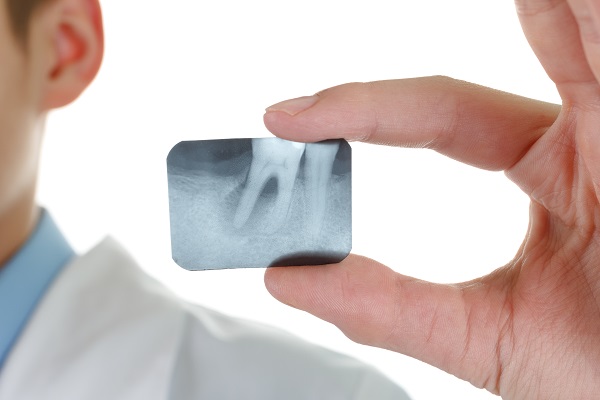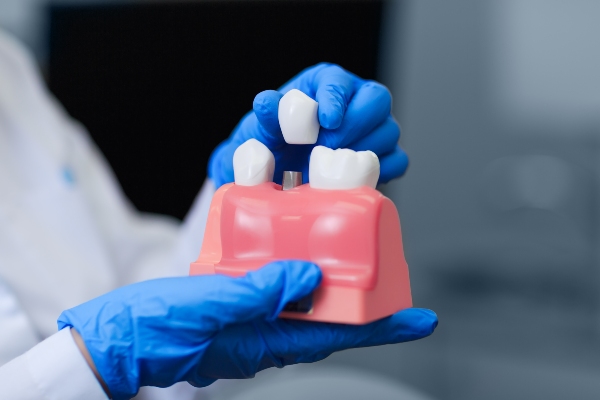Ask a Periodontist: How Do You Treat Periodontal Disease?

A periodontist offers different forms of treatment for periodontal disease, also called gum disease. The condition, which affects millions of adults in the United States, is the leading cause of tooth loss. However, prompt treatment can stop the disease in its tracks and even reverse the damages. This article covers treatment options offered by a periodontist for gum disease.
Treatment options for periodontal disease
The periodontist can treat this gum condition with any of the following options.
Scaling and root planing
The first line of treatment for patients with periodontal disease is the conservative technique called scaling and root planing. The treatment involves scraping and cleaning plaque and tartar off the teeth and root surfaces using specialized dental tools. Afterward, they will smooth any roughness around the root surfaces to prevent easy bacteria accumulation. The treatment can take more than one dental appointment.
The dentist will administer a local anesthetic to reduce discomfort during the procedure. Afterward, the gums will begin to heal and reattach to the teeth's surfaces. After a few weeks, patients will visit the dental office so the dental professional can assess healing progress and determine if additional intervention is required.
Pocket reduction procedure
In a case of severe periodontitis, treatment typically involves cleaning the teeth and correcting loose teeth. It may be hard to clean the deep pockets of the gums. The periodontist may then recommend a periodontal pocket reduction or flap surgery. The dental professional will fold back the gum tissue to remove infectious bacteria and smoothen parts of the damaged bone. This will enable the gum tissue to reattach to healthy bone.
Gum grafts
If the tooth roots are exposed because of gum recession (caused by gum disease), the periodontist may recommend gum grafts to cover them. The dentist will transfer tissue from the palate or another area to cover the tooth roots. This procedure reduces sensitivity and shields the roots from infection. It also prevents further gum deterioration and bone loss.
Tissue regeneration
If the bone supporting the teeth has been damaged by gum disease, the dental professional will recommend tissue regeneration to stimulate the regrowth of bone and gum tissues. It is completed with flap surgery and entails placing a tiny mesh-like fabric between the gum tissue and the bone. This guides the growth of bone and gum tissues after inserting natural or synthetic bone in areas of bone loss. Tissue-stimulating proteins are also used to ensure successful regrowth.
Professional dental cleaning
The dentist will usually perform a professional dental cleaning to remove plaque and tartar from the teeth surfaces. This is often effective for treating early gum disease, called gingivitis. Tartar is a hardened plaque that accumulates on the teeth and causes gum inflammation. The cleaning is usually done during a biannual dental checkup, but the dentist might recommend more regular cleaning appointments for patients who show signs of gum disease.
Final note
Seeking prompt treatment from the periodontist is important to prevent complications caused by periodontal disease. It also ensures that you can be treated with minimally invasive techniques.
Request an appointment here: https://www.torreyhillsperio.com or call Torrey Hills Periodontal Group at (858) 925-1188 for an appointment in our San Diego office.
Check out what others are saying about our dental services on Yelp: Periodontist in San Diego, CA.
Recent Posts
People who are seeking healthy gums but are dealing with challenges with gingivitis can see an expert periodontist, a dental professional who has studied the structures that support the teeth. These include the gums, the jawbone itself, and the ligaments that help hold the teeth in place.Periodontists are trained dentists who focus their attention on…
Wondering what the difference is between a regular dental cleaning procedure and a scaling and root planing procedure? Keeping gum disease at bay is important for all dental patients. Periodontists are dental specialists who focus on preventing, diagnosing and treating gum disease.Thinking about your upcoming scaling and root planing procedure? Periodontists are dental specialists who…
Pinhole gum surgery is a painless, non-invasive way of reversing gum recession. It is a far better alternative than the traditional option: Gum graft surgery. While gum surgery often requires multiple sessions in the dentist’s chair, pinhole periodontal surgery only needs one. There are many other reasons to choose pinhole surgery over a gum graft.…
A socket preservation graft can help speed the healing process after a tooth extraction. However, it is important to take some steps to help aid the healing process. Keeping the area clean will help you avoid an infection. You will also want to limit your diet in the first several days. It is a good…


